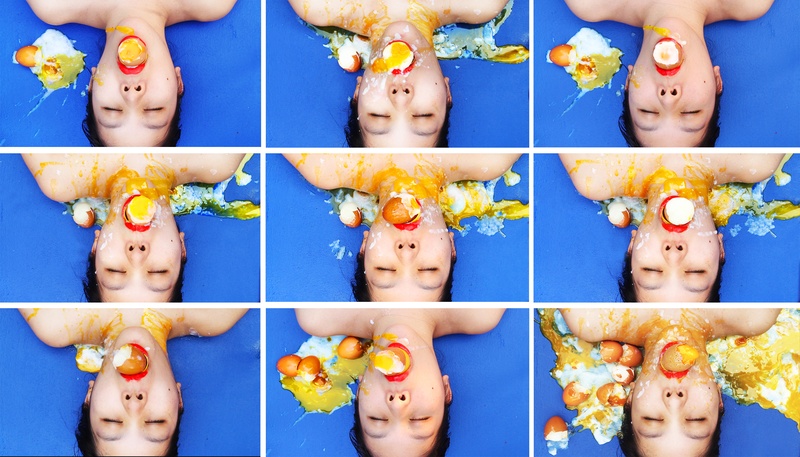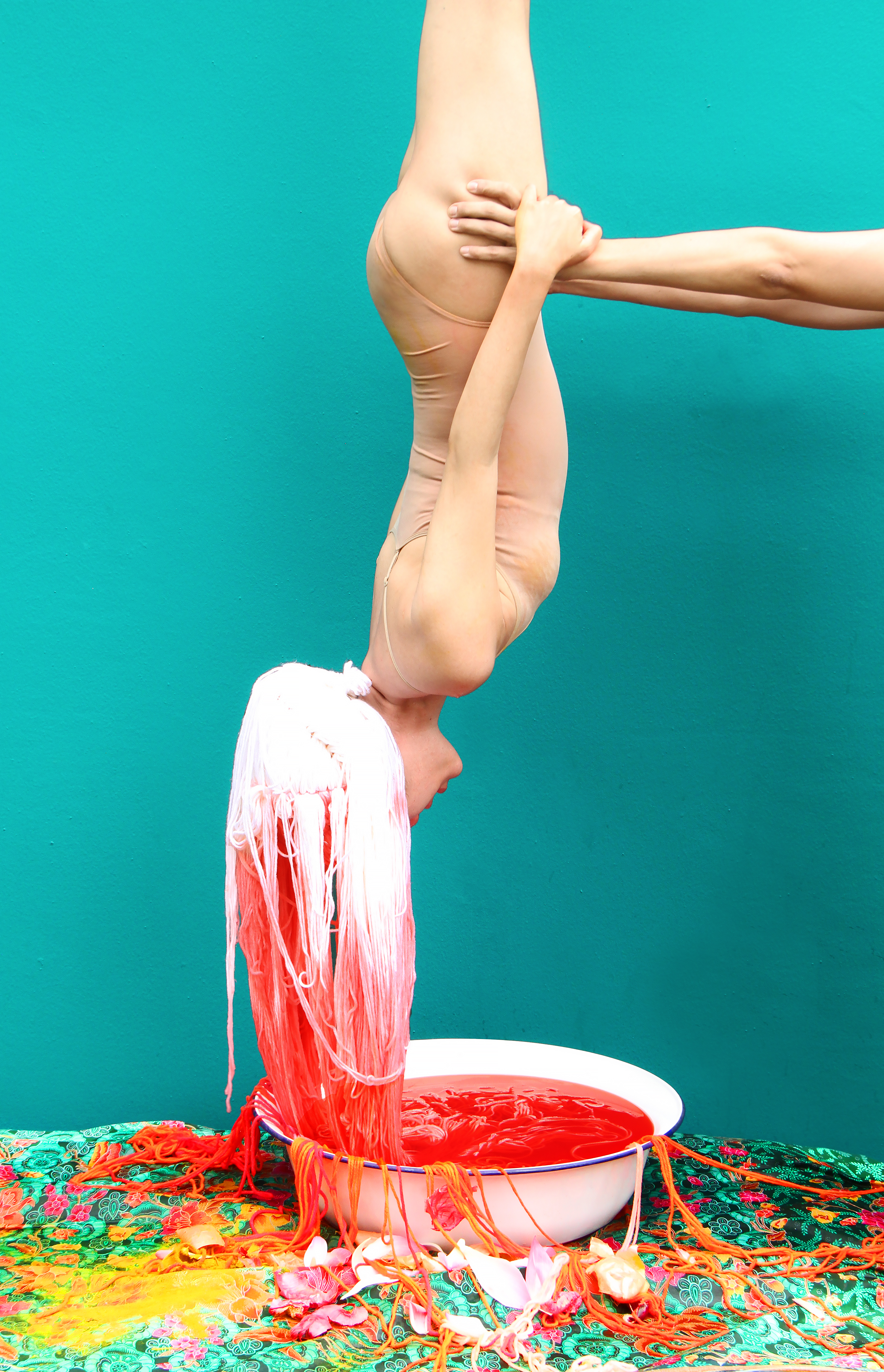Meet Thai video and performance artist, Kawita Vatanajyankur.

Tell us a little bit about yourself.
I’m Kawita Vatanajyankur and I am a video and performance artist.
Describe the city you’re living in and what it’s like to live there.
I am based in Bangkok, right in the city center. Bangkok has a growing contemporary art scene and it has been great as a working artist to live in Bangkok at the moment.
I am based in Bangkok, right in the city center. Bangkok has a growing contemporary art scene and it has been great as a working artist to live in Bangkok at the moment.
What is the best and worst thing about living in your city?
Food is the best and traffic is definitely the worst
Give us 3 words that describe what it’s like to be a creative in your city.
Make Great Art
How did you start your career in art?
I started my career in 2011 in Melbourne, Australia where I graduated from RMIT University in Fine Arts (Painting). I was first represented by a gallery called Beam Contemporary in Melbourne after I handed in my folio and proposals, then about 2 years later, I was represented by Stills Gallery in Sydney which gave me so many opportunities in the art world as it had been one of the leading Australian galleries.
Were the people around you supportive of your decision on working as a creative?
Yes, I have had so much support from the art museums, institutions and governments all around the world to produce artworks. My family and friends are also the best supporters as they are my co-workers and videographers.
What are some goals and ambitions you have for your future work?
I am currently working on a series titled Performing Textiles which is focusing on female labor in the textile and fashion industries, how they are often seen as repetitive working machines rather than humans which leads to exploitation. At the moment, I am doing a research on the agriculture side in the textile and fashion industry and I will create a continuing series inspired by the research and will first exhibit them at Centre for Heritage Arts and Textiles (CHAT) in Hong Kong and at my solo exhibition at the Australian Centre for Photography in Sydney, Australia next year.
I am currently working on a series titled Performing Textiles which is focusing on female labor in the textile and fashion industries, how they are often seen as repetitive working machines rather than humans which leads to exploitation.
If you could collaborate with any person in the world who would it be?
My mother.
How would you describe the women around you?
My work has been always highlighting and focusing on female and gender equality. My mother who is my role model is working and acting as both parents to me since my father passed away from over-working 13 years ago. I started to create video works to value women because of her.
Coming back to live in Thailand, I have always felt like I had to grow up again as a Thai woman in order to learn the cultures, traditions and to meet the social expectations and that was the beginning of my questions regarding the social norms and female’s roles in Thailand, or in Asia. Do our values usually depend on the perception of the society? In contemporary advertisements, commercials, and social media that sells fashion clothing and beauty products, physical appearance seems to be very essential for any women to be respected, admired and accepted by the society. It is very difficult to deny that because of the commercials, we women are usually distracted by the society’s perceptions of physical beauty that we forget that developing our knowledge and intelligence is the key to gender equality.
My work has been always highlighting and focusing on female and gender equality. My mother who is my role model is working and acting as both parents to me since my father passed away from over-working 13 years ago. I started to create video works to value women because of her.
Were there any local female creatives that you looked up to when you were growing up?
I didn’t quite grow up in Thailand because I spent all of my teenage years in Melbourne, Australia during both high school and university. During my university period, I was particularly interested in Marina Abramovic’s performance works and how she tested her physical and psychological limits using her own body in her art work.
Are there any challenging aspects of being a female in your industry?
I have to always remember that my goal is to create art for social change, that I believe that art has a powerful voice to touch the audience’s minds and to connect with their thoughts and feelings. I believe that great art can shift their mindsets until they realize their universal truth that is beyond tradition, beyond definition, and beyond image. Then once they change their mindsets, the society will slowly change for the better. The challenge is to never give up no matter how difficult the path is. A lot of the times, you are questioned by the society if you can really change the people by a statement and voice of an art. Sometimes you are busy with other female roles and responsibilities such as being married or having kids, but you should never give up on the artistic career and make the social change your priority.
No matter what anybody tells you, you must believe in art and its power, and to believe in your own creativity and strength to change the world.
Do you have any advice to young women who are aspiring to work in your field?
No matter what anybody tells you, you must believe in art and its power, and to believe in your own creativity and strength to change the world. This belief and passion will lead and attract you to the never-ending journey that you will be grateful to have.
Photos courtesy of Kawita Vatanajyankur.











